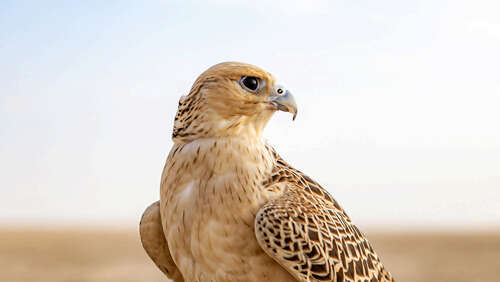
The researchers’ new system was built on existing concepts of multispectral photography, which utilizes photographs taken across various points of the visible light spectrum to create unique color channels. Their homemade camera captures footage through four color channels: red, blue, green, and UV light, then processes them into the “perceptual units” of specific animals, or how those animals perceive light and color.
The paper includes a variety of video footage demonstrating the camera’s ability to capture and replicate footage, showing what the world looks like to birds and bees. One video shows a human applying sunscreen to themselves through the eyes of a bee; what appears stark white to our eyes instead turns a bright orange due to how bee eyes perceive UV light.
Similarly, a video of butterflies on a flower, viewed through the eyes of a bird, changes color based on movement. This is because the amount of UV light perceived by a bird changes depending on the reflection of the butterfly’s moving wings. Additionally, a video of a bird’s view of a tree line shows what would normally be a bright blue sky as a vibrant magenta, tinted by the greater level of UV light.
As the camera system was made using commercially available parts and open-source software, the researchers hope that their discovery could be iterated upon by other researchers looking to replicate more animal POVs.

